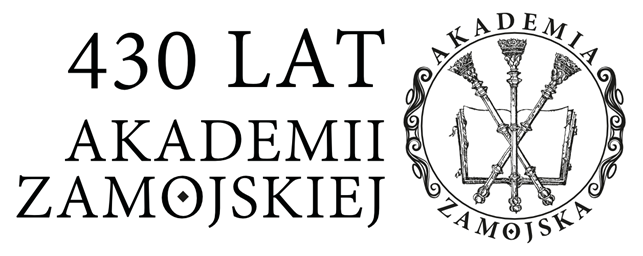The Austrian Occupation Garrison in Zamość in 1915-1918
Zbigniew Stankiewicz
Abstract
During World War I, Zamość was under Austrian occupation. The town’s k.k. District Command, whose task was, among other things, to use the local natural and human resources for the needs of the army, was headed from the beginning until the withdrawal of the Austrians by Colonel Julian Fischer. The author discusses the numerous institutions and organisations set up by the Austrian authorities, such as the military court, the royal court, the gendarmerie, the District Tax Guard, the town militia, the legion recruitment office, the medical headquarters, and the military units. During the four years of the occupation, the Austrians frequently reorganised the military and civil administration, which is the subject of the author’s investigation. The article lists numerous names of Austrian officials, especially those of senior rank, including civil servants. The situation in Zamość changed after the conclusion of the so-called First Peace Treaty of Brest signed by the German Empire, Austria-Hungary and the Ukrainian People’s Republic on 9 February 1918. The treaty ceded to the UPR part of the eastern Polish lands, including Chełm Province and Zamość, which the Poles regarded as the fourth partition of Poland. In protest, on 18 February, the Zamość community organised a patriotic service and a march. In the autumn, Polish-Ukrainian relations deteriorated, and two national army units were formed: one Ukrainian and one Polish, led by Captain Franciszek Goliński of the Polish Military Organisation. Incidents occurred, but there was no regular fighting for Zamość. At the beginning of November, the Ukrainians serving in the Austrian army left the town and so did the Austrians.
Keywords:
Austrian occupation, Zamość, Colonel Julian Fischer, Polish-Ukrainian relations, Ukrainian People’s RepublicMost read articles by the same author(s)
- Zbigniew Stankiewicz, Infanticide , The Archivist of Zamość: Vol. 18 (2020)
- Zbigniew Stankiewicz, Gdzie są chłopcy z tamtych lat? Pobór do Legionów w świetle materiałów źródłowych z lat 1915–1917 , The Archivist of Zamość: Vol. 16 (2018)
- Zbigniew Stankiewicz, Garnizon zamojski 1918–1939. Jednostki i instytucje wojskowe w Zamościu , The Archivist of Zamość: Vol. 14 (2015)
- Zbigniew Stankiewicz, Zamosc Under Austrian Occupation, 1772-1809 , The Archivist of Zamość: Vol. 18 (2020)
- Zbigniew Stankiewicz, Blokhauzy Twierdzy Zamość , The Archivist of Zamość: Vol. 15 (2017)
- Zbigniew Stankiewicz, Drawbridges of Zamość Fortress , The Archivist of Zamość: Vol. 20 (2022)
- Zbigniew Stankiewicz, The Siege of Zamość Fortress in 1813 , The Archivist of Zamość: Vol. 20 (2022)
- Zbigniew Stankiewicz, The German Army in Zamość, 1939-1944 , The Archivist of Zamość: Vol. 19 (2021)
- Zbigniew Stankiewicz, Twierdza Zamość w latach 1815–1831 , The Archivist of Zamość: Vol. 15 (2017)
- Zbigniew Stankiewicz, Ikonostas w cerkwi pw. św. Mikołaja w Zamościu , The Archivist of Zamość: Vol. 21 (2023)
Details
References
Statistics
Authors
Citation rules
Altmetric indicators
Licence

This work is licensed under a Creative Commons Attribution-NoDerivatives 4.0 International License.


 Język Polski
Język Polski
 English
English





